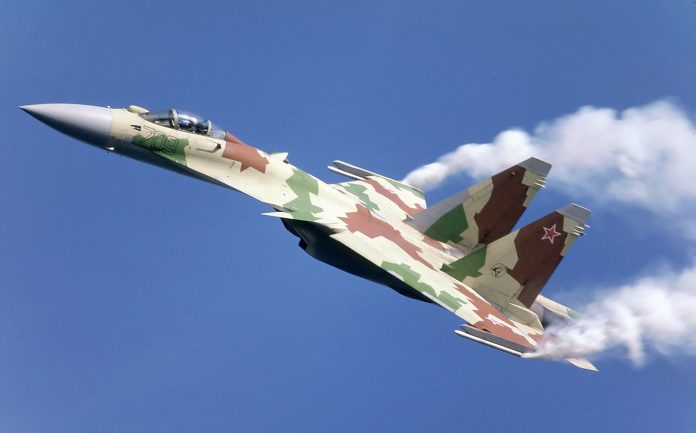
It started with a leak hundreds of leaked internal Rostec documents, posted to the web by the Black Mirror hacker collective, that spelled out export information defense analysts had long speculated about. Hidden in the tables was customer code “364,” a reference for Iran, on a package of 48 Sukhoi Su-35 multirole fighters worth over €5–6 billion when airframes and weapon systems were added. The disclosures, backed by documents on heads-up display units and electronic warfare equipment, indicate one of the greatest fighter purchases in the Middle East in decades.
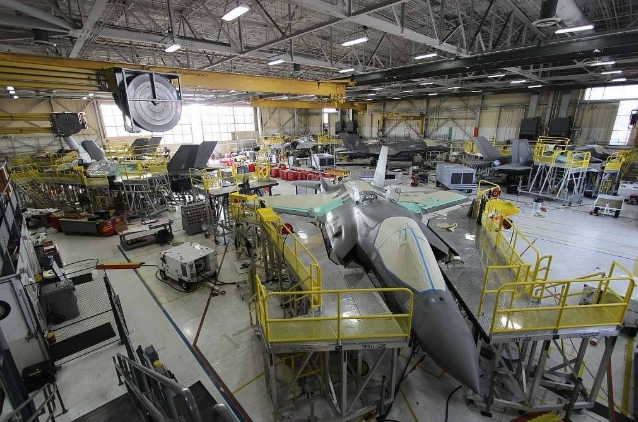
1. Delivery Schedule and Assembly Plans
The leaked timelines indicate deliveries of avionics and EW systems from 2024-2026, with complete aircraft deliveries scheduled from 2026-2028. Significantly, the documents imply Russia could expand beyond conventional export delivery, including semi-knocked-down assembly in Iran through the Iran Aviation Industries Organization. Russian experts from Sukhoi and KRET have allegedly been in Iran since early 2024 to condition facilities. If achieved, this deal would enable Iran to produce 48 to 72 units within a decade or more, its first such nearly indigenous fourth-plus-generation fighter production line since the 1970s.
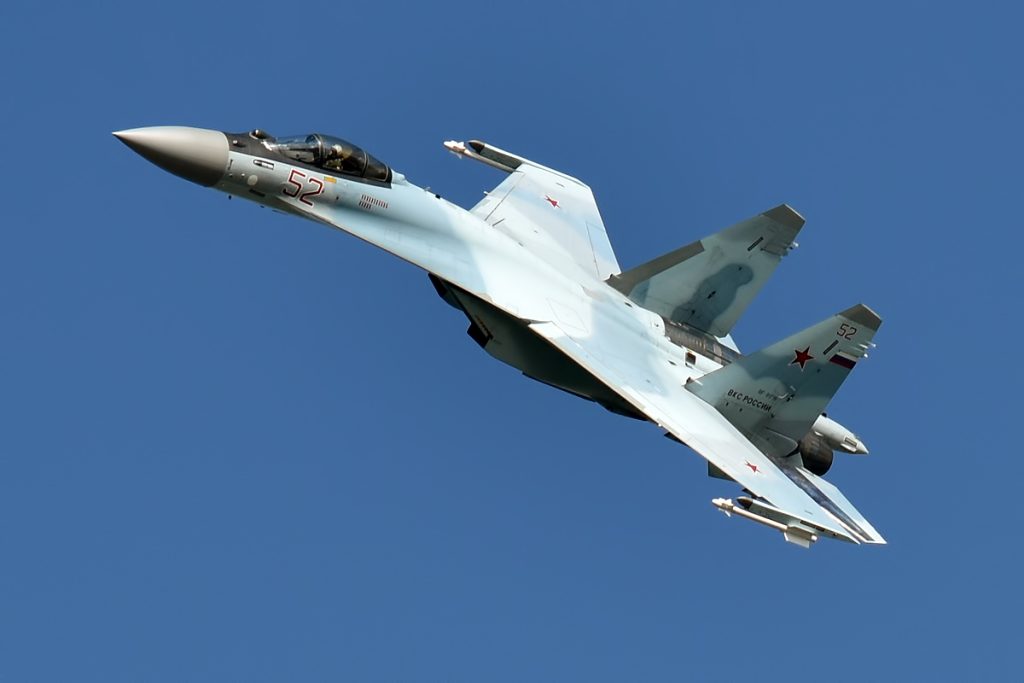
2. Strategic Implications for the Middle East
The deployment of Su-35s to the Iranian arsenal would shift calculations on regional airpower. Israel has some fifty fifth-generation F-35s and several hundred other advanced fighter jets, but Tehran currently depends on old U.S.-made planes from prior to 1979 and sparse Russian imports. Experts caution that even a small injection of high-end fighters could induce neighboring states to speed up purchases of comparable or superior platforms, threatening to reignite stalled talks on systems such as the F-35 in Gulf countries.

3. Su-35 Performance and Engineering
The Su-35S “Flanker-E” is a thorough modernization of the Su-27, with reinforced composite-titanium structures, radar-absorbent coatings, and an internal fuel capacity of 11,500 kg. Its two Saturn AL-41F1S engines produce up to 142.2 kN thrust with afterburner, making supercruise at Mach 1.1 and post-stall, extreme maneuvering possible through three-dimensional thrust vectoring. The Irbis-E PESA radar of the aircraft is able to detect a 3 m² target at a distance of 400 km with narrow search mode, track 30 targets, and engage eight. Added to this is the OLS-35 IRST, which can detect passively at 90 km from the rear hemisphere.
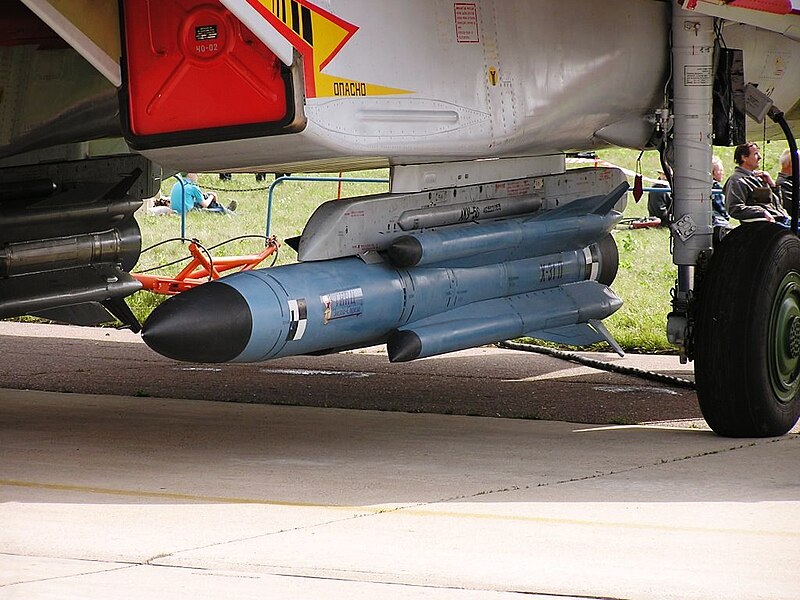
4. Armament Suite
The Su-35’s 12 hardpoints carry an 8,000 kg payload. Air-to-air choices range from the very-long-range R-37M missile Mach 6 attacks at almost 400 km to the highly maneuverable R-73 and R-74 infrared-guided missiles for close-range fights. For attack missions, it can carry Kh-31 anti-radiation missiles, Kh-35U anti-ship missiles, and guided KAB-series bombs. This versatility converts it from an air dominance fighter to a multi-role vehicle capable of attacking both airborne and surface targets.
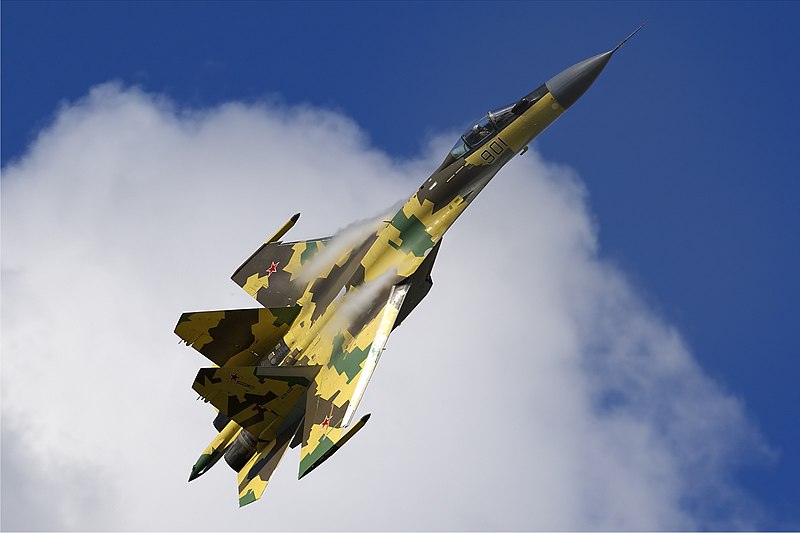
5. Operational Record and Vulnerabilities
Syrian and Ukrainian combat experience has honed the Su-35’s systems but revealed weaknesses as well. Su-35s have employed R-37Ms to intercept aircraft from standoff distances in Ukraine but at least eight confirmed destroyed, usually by Patriot air defense systems provided by the West. The losses highlight the weakness of un-stealth 4++ generation fighters against contemporary integrated air defense networks.

6. Geopolitical Context of the Deal
Russia’s willingness to reroute airframes originally manufactured for Egypt whose acquisition fell apart under U.S. sanctions pressure indicates changing export priorities under war-time pressures. Iran’s supply of drones to Russia to employ against Ukraine has widened bilateral defense cooperation, with Moscow allegedly committing to provide not just Su-35s but also Mi-28 attack helicopters, Yak-130 trainers, and advanced radar systems.

7. Domestic and Regional Reactions
Within Iran, politicians such as Abolfazl Zohrevand have presented the Su-35 purchase as a long-term move to fill airpower shortfalls, along with forthcoming HQ-9 and S-400 air defense systems. However, politicians such as Expediency Council member Mohammad Sadr have raised doubts about Moscow’s trustworthiness, citing Russia’s willingness to export S-400s to Turkey while holding back on delivery to Iran. In Washington and Israel, the agreement is seen less as a sudden change in the balance of power than as a harbinger of prospective future escalation.

8. Technical Critiques
Against claims from its manufacturer, some aviation analysts contend the Su-35 is “the most overhyped 4++ generation fighter aircraft.” Abhirup Sengupta points out that it misses an AESA radar, has limited sensor fusion, and is dependent on short-supply R-77 missiles, putting it in a poor position in beyond-visual-range combat against its Western rivals such as the AIM-120D-carrying F-15EX or the stealthy F-22. The Irbis-E’s actual detection range in regular search is more like 200 km, and its OLS-35 IRST can monitor only four targets considerably less than sensors such as the Typhoon’s Pirate, which can monitor hundreds.

The Rostec files leaked, combined with Iranian visible preparations, indicate that the Su-35 shipment is more than just wishful thinking. If deliveries continue, the program will challenge Iran to absorb advanced fighters into its force structure while under sanctions and to challenge regional competitors to respond to a new layer of air capability in the Middle East’s already complicated security environment.
